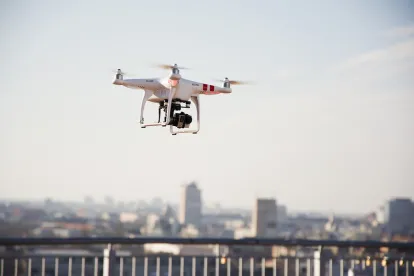In Canada, the drone industry has nearly doubled in size every two years over the past decade. With that boom, Canadian regulators have been grappling with many of the same questions that the U.S. Federal Aviation Administration (FAA) has been struggling with as well –how do you safely incorporate drones into the airspace? To address this issue, Canada released, and made effective, regulations amending the Canadian Aviation Regulations for Remotely Piloted Aircraft Systems (Regulations). These new Regulations cover small drones that weigh between 0.55 lbs. and 55 lbs., and that are operated within the operator’s visual-line-of-sight. The operation of a drone over 55 lbs. requires a Special Flight Operations Certificate (SFOC).
How do these new Regulations compare to the regulations effective in the U.S.? For example:
-
All drones must be registered with Transport Canada and marked with a registration number regardless of the operator intent (i.e. commercial and hobbyists both must register);
-
All drones must be flown at an altitude of less than 400 feet;
-
Drones may not be flown over or within a secured perimeter established by a public authority in response to an emergency or “advertised events,” such as outdoor concerts, festivals or sporting events, unless the operator is granted a SFOC;
-
Drone pilots must be at least 14 years old and complete an online knowledge exam, but for advanced operations (i.e. operations within controlled airspace; closer than 30 meters to a bystander; within three (3) nautical miles from an airport), the pilot must be at least 16 years old; and,
-
For certain advanced operations, the drone must meet RPAS (i.e. Remotely Piloted Aircraft Systems) Safety Assurance standards before being flown (i.e. technical requirements).
There are many similarities between the Canadian and U.S. regulatory requirements and restrictions. However, one notable difference between the regulations is that the new Canadian regulations permit flights over people (defined as operations that are less than five (5) meters horizontally and at any altitude) provided that the manufacturer of the drone makes required declarations and that other requirements for “advanced operations” are complied with as well. Additionally, the Canadian regulations do not distinguish between recreational or commercial drone uses, and require operators to demonstrate flight proficiency for advanced operations.
The FAA is working towards a rule for flights over people, but some of these other differences may be far down the road here.



 />i
/>i

